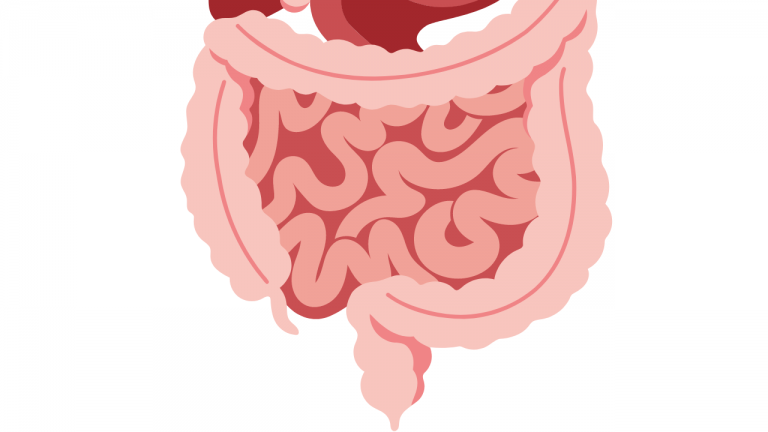How To Breathe Properly for Weight Loss

Proper breathing techniques can support overall well-being, including weight management. While breathing alone won’t directly cause weight loss, it can contribute to a healthier lifestyle and potentially support weight management efforts. Here are a few breathing practices that can be beneficial:
Diaphragmatic breathing: Diaphragmatic breathing, also known as deep belly breathing or abdominal breathing, involves engaging the diaphragm to take deep breaths. To practice diaphragmatic breathing, follow these steps:
Sit or lie down in a comfortable position.
Place one hand on your chest and the other hand on your abdomen.
Inhale deeply through your nose, allowing your abdomen to rise as you fill your lungs with air.
Exhale slowly through your mouth, feeling your abdomen gently fall.
Repeat this deep, slow breathing pattern for several minutes.
Diaphragmatic breathing can help activate the relaxation response, reduce stress levels, and promote a sense of calm. This can indirectly support healthy eating habits and mindful eating practices, which are important aspects of weight management.
Mindful breathing during meals: Incorporate mindful breathing techniques while eating to enhance the enjoyment and satisfaction of your meals. Slow down your eating pace, take smaller bites, and chew your food thoroughly. As you eat, pay attention to the sensations, flavors, and textures of your food. Take breaks between bites to focus on your breath, allowing yourself to be present and fully engaged in the eating experience. This mindful approach can help foster healthier eating habits, promote mindful portion control, and reduce the likelihood of overeating.
Breathing during physical activity: Proper breathing techniques during exercise can help optimize performance, increase endurance, and promote calorie burn. While the specific breathing patterns may vary depending on the type of exercise, a general guideline is to breathe steadily and rhythmically. For cardiovascular activities like running or cycling, aim for deep and controlled breathing to maximize oxygen intake. During strength training exercises, exhale during the exertion phase (such as lifting a weight) and inhale during the relaxation phase.
It’s important to note that while breathing techniques can contribute to an overall healthy lifestyle, weight loss is primarily achieved through a combination of a balanced diet, regular physical activity, and a sustainable approach to lifestyle habits. Incorporate proper breathing practices as part of a comprehensive approach to support your weight management goals. Consult with a healthcare or fitness professional for personalized advice based on your specific needs and health conditions.



